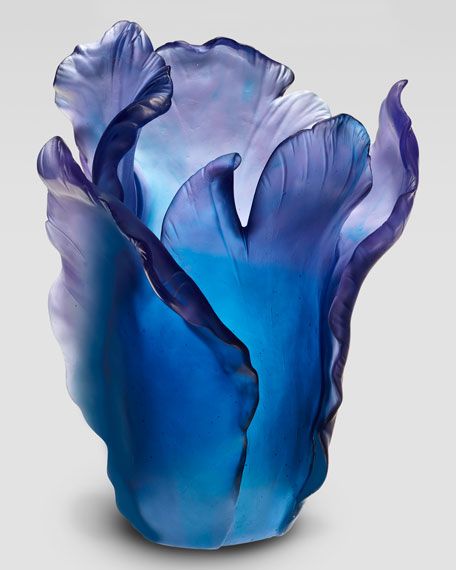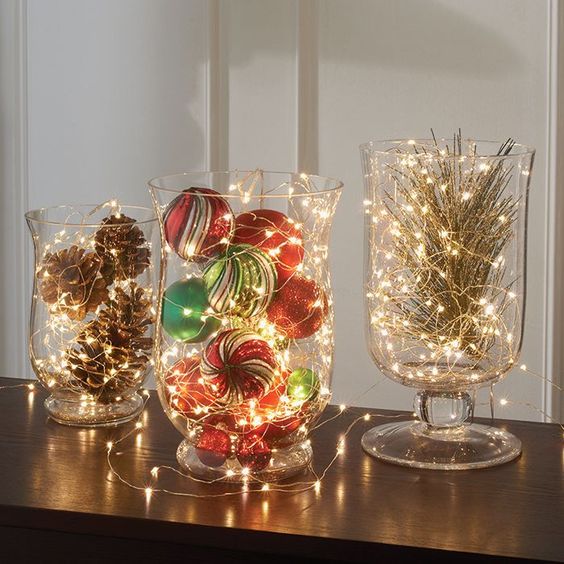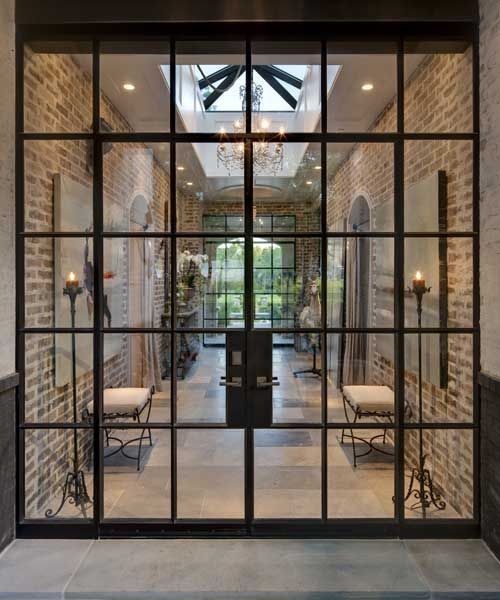
Building your dream home it’s important to remember that the environment, efficiencies, and economics all play a big role. With the help of a glass window, it’s possible to achieve. In prior decades glass used was not as effective as it has the potential to cause interior damage to home furnishings and carpets from sunlight. However, with modern changes in the field of engineering and architecture, trends using glass windows have changed and improved.
There are many benefits of using large glass spans during house construction. The most important one is that this reduces the need for artificial light and provides energy savings as glass is also heat absorbing and can reduce the effects of solar radiation by 25% or more: thicker glass, higher deflection limits, and wind loads. The daylight and views of the outside also help architects achieve requirements.
Here are some architectural trends involving the use of glass windows:
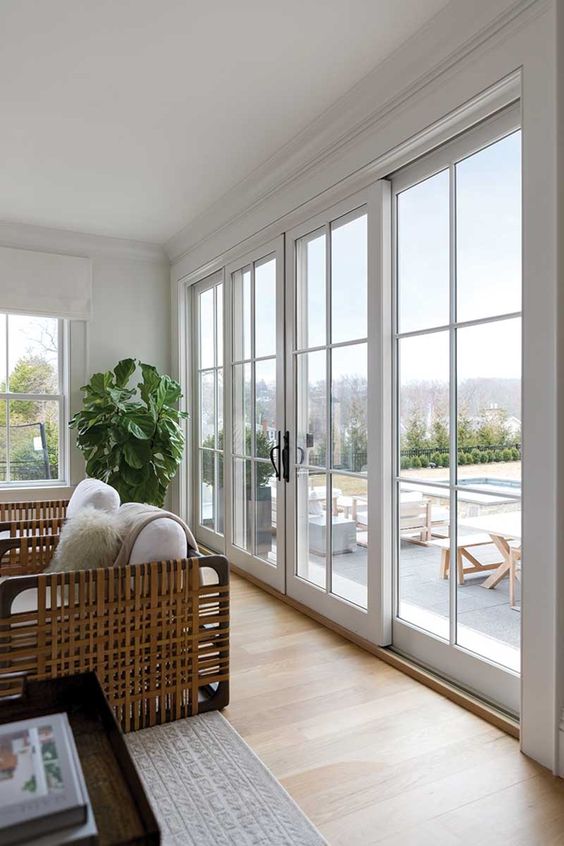
1. Floor-to-ceiling window:
Floor to floor-to-ceiling windows typically start at the floor and extend to the ceiling. Various types of designs and types of glass can be used for floor-to-ceiling windows. The large picture with a smaller awning window can give you the option of fresh air with natural light.
Types of glass which can be used for the floor-to-ceiling window:
This type of glass is heat-treated to increase its strength and durability.
- Laminated glass:
It is made by bonding two or more layers of glass together with a plastic interlayer. It provides enhanced security.
- Low- emissivity glass
It is coated with a microscopically thin, transparent layer that reflects heat and UV rays. Which reduces heat gain in warmer climates and heat loss in cooler climates.
- Insulated glass units
These are composed of multiple glass panes separated by a space filled with air or gas. Enhanced insulation reduces noise transmission and improves energy efficiency.
- Smart glass
The Smart or switchable glass allows for transparency control. It can change from transparent to opaque which provides privacy or shading when needed.
- Tinted glass
Tended glass is treated to reduce the heat and light entering the building.
- Textured of frosted glass:
For privacy without sacrificing light, textured or frustrated glass can be used.
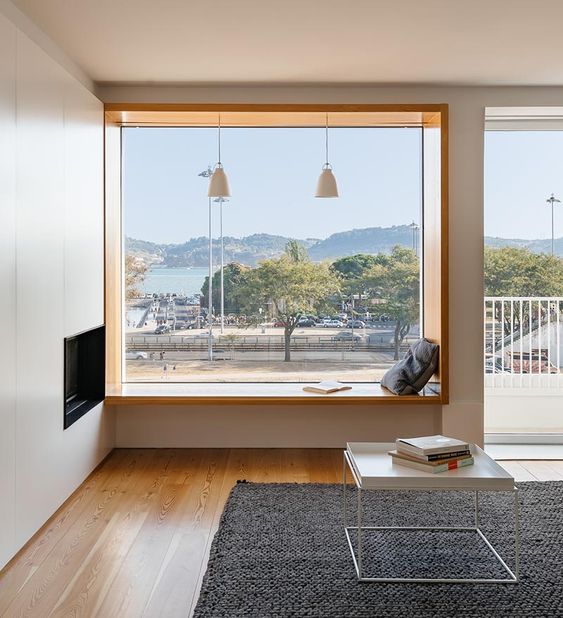
2. Picture window
Picture windows are large fixed windows that won’t open and are designed to frame a view or bring in natural light. They are often used in combination with other window styles.
The type of glass that can be used for picture windows:
- Laminated glass
For strength laminated glass is used as it has potentially unbreakable glass, due to its multi-pane construction
- Insulated glass:
The space between the glass panes creates gas or vacuum to avoid the flow of air through the air.
- Tempered glass
It is mostly available and highly safe so mostly used for window glass.
- low – E glass:
Low emissivity glass has a thin heat-resistance added on the surface. It helps retain a suitable interior temperature by reflecting the heat.
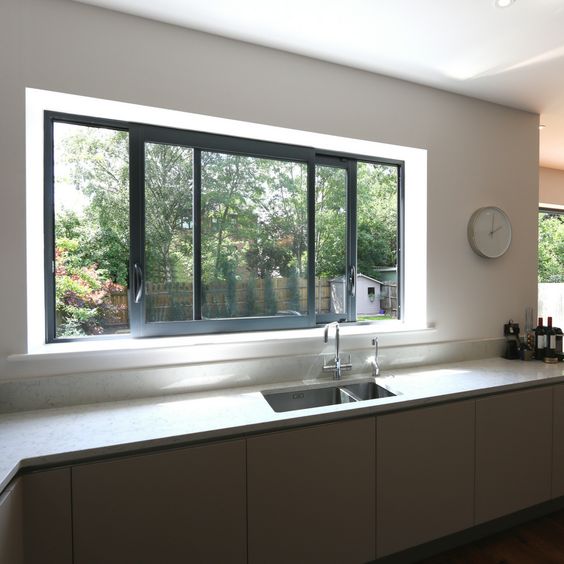
3. Sliding windows
The windows move horizontally along a track. Sliding windows have different configurations to choose from. A two-panel or two-lite sliding window has one fixed panel glass and another is operable which can slide either left or right. Three sliding windows have three panels of glass within one frame.
The type of glass that can be used
- Tempered glass
Due to its increased strength and safety, it is mostly used in windows. \
- Double-glazed or insulated glass:
This will help enhance insulation reduce noise transmission and improve energy efficiency
- low-E glass
Will help in reflecting heat while allowing height to pass through
- Smart glass
While less common due to cost, smart glass technology allows for control over transparency.
In conclusion, these trends using glass windows reflect the evolving preferences of homeowners and architects focusing on functionality, sustainability aesthetics, and seamless integration of indoor and outdoor space through the use of glass in house construction.
